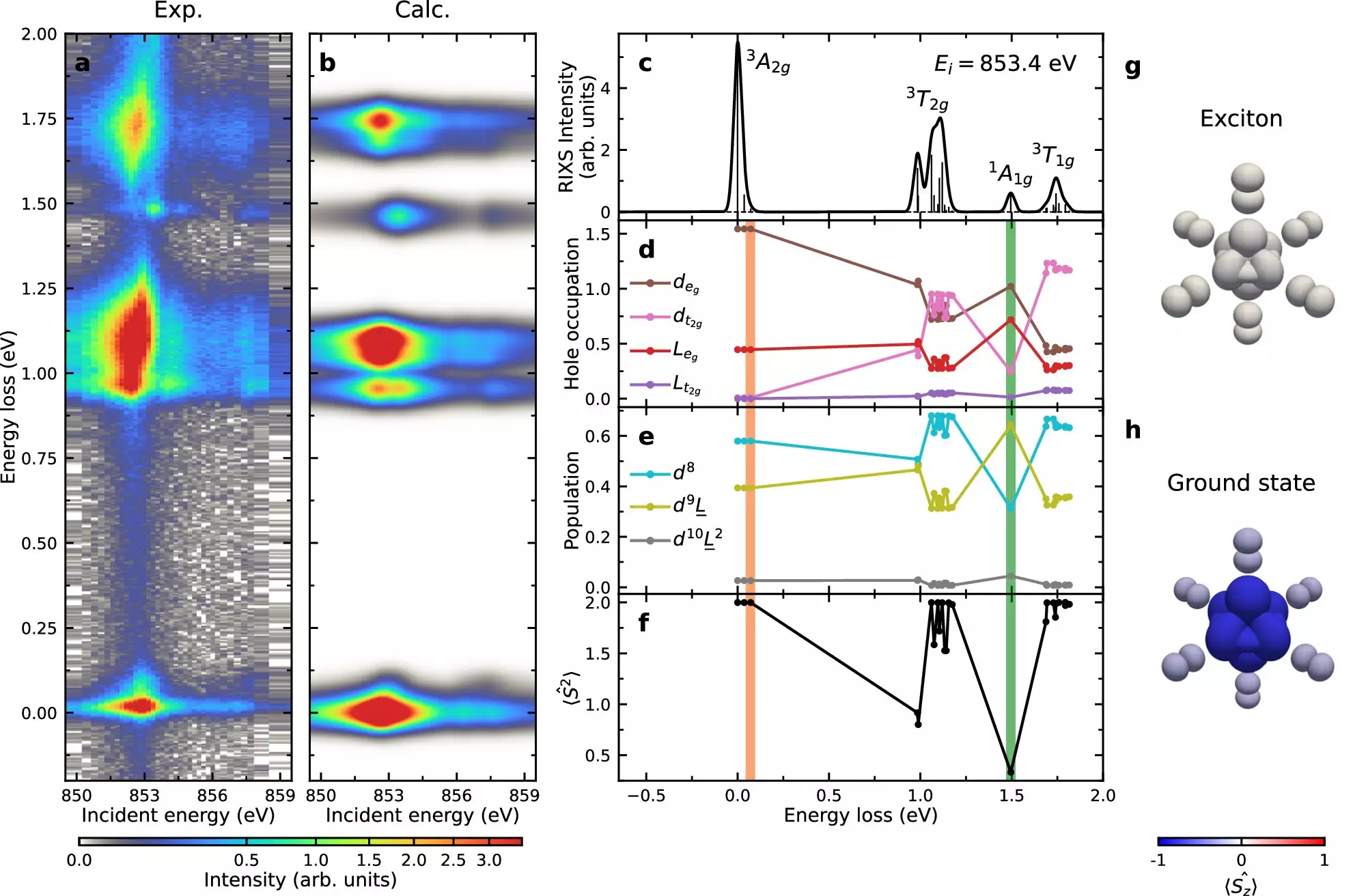Excitons are microscopic, particle-like objects that play a crucial role in the optical and magnetic properties of certain materials, particularly in van der Waals magnets. Scientists at the U.S. Department of Energy’s Brookhaven National Laboratory have conducted groundbreaking research to uncover the formation and behavior of excitons in a crystalline material known as nickel phosphorus trisulfide (NiPS3). This study sheds light on the intricate relationship between excitons and magnetism, opening up new possibilities for future technologies.
The research group utilized the advanced X-ray technique called resonant inelastic X-ray scattering (RIXS) at the National Synchrotron Light Source II (NSLS-II) to study the exciton structure and motion in NiPS3. By analyzing the behavior of excitons in this van der Waals material, the scientists were able to uncover the fundamental nature of excitons and their interaction with magnetism. This cutting-edge experimental approach provided a high-resolution view of the energy behaviors within the material, crucial for understanding the properties of excitons.
Through their experiments, the researchers discovered that exciton formation and propagation in the NiPS3 crystal are controlled by the physics principle known as the Hund’s exchange interaction. This rule dictates the energy of different electron spin configurations, which is essential for exciton formation. The researchers also observed that excitons disperse through the crystal in a manner reminiscent of a spin disturbance called a “double-magnon,” highlighting the intricate connection between excitons and the electronic and magnetic behaviors in van der Waals magnets.
As technology and research techniques continue to advance, the study of excitons in materials like NiPS3 is expected to yield even more insights in the future. With the development of improved instrumentation and methodologies such as RIXS and electron microscopy, researchers anticipate being able to obtain higher-quality measurements of exciton behavior in van der Waals magnets. This ongoing research holds promise for the discovery of novel phenomena and the development of new technologies based on magnetism, such as advanced information storage systems.
Overall, the research conducted by the team at Brookhaven National Laboratory has provided valuable insights into the complex relationship between excitons and magnetism in van der Waals magnets. By unraveling the mysteries surrounding exciton formation and behavior in materials like NiPS3, scientists are paving the way for future advancements in the field of materials science and technology.


Leave a Reply